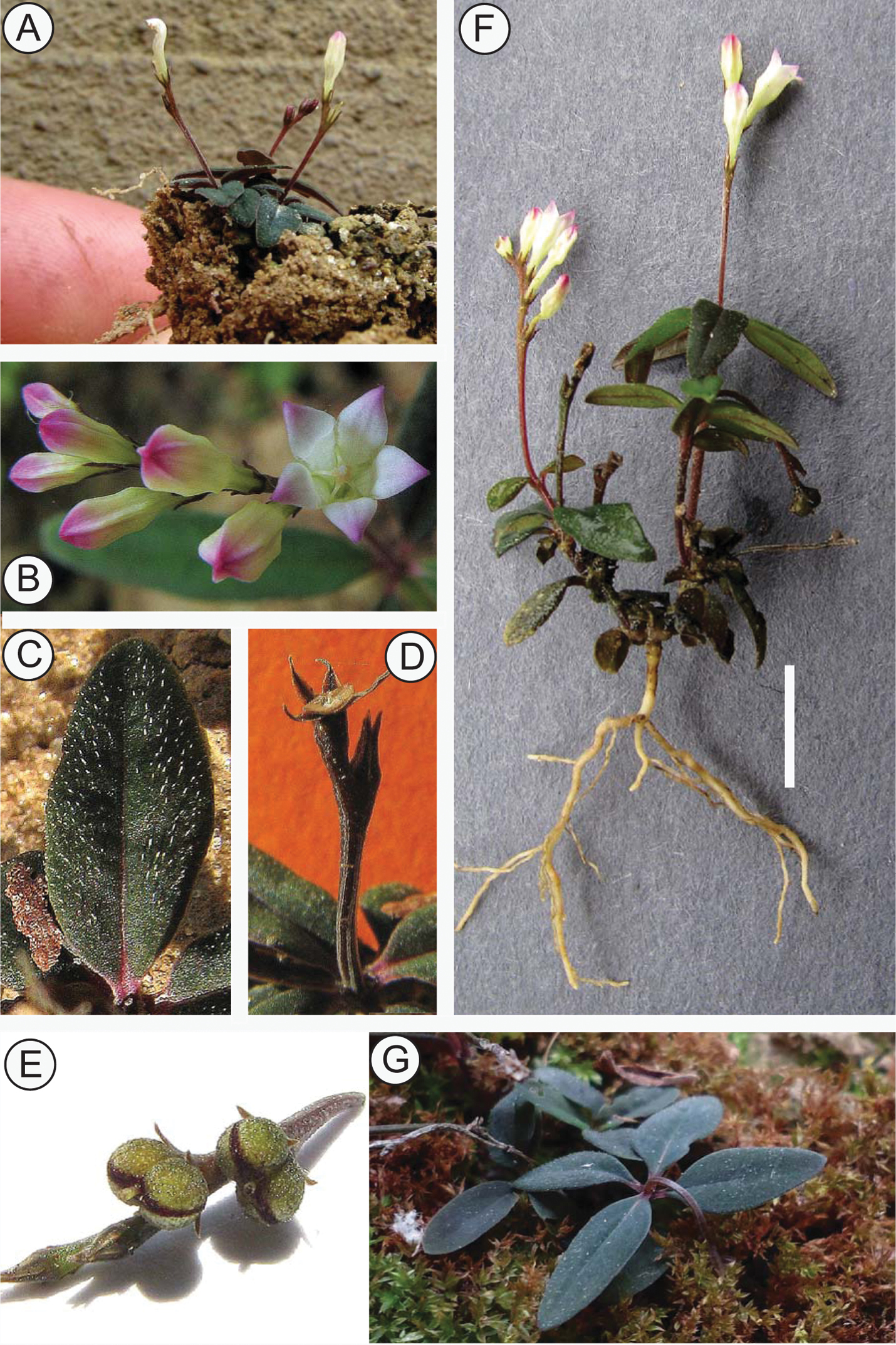A new plant species is appropriately named Spigelia genuflexa because after fruits are formed, the fruiting branches 'bend down' and deposit the capsules with seeds on the ground and sometimes burying them in the soft cover of moss, a phenomenon called geocarpy.
Geocarpy ensures that the seeds end up as close to the mother plant as possible, facilitating its propagation the following season. A famous example of geocarpy, a rare adaptation to growing in harsh or ephemeral environments, is the well-known peanut, which is from from the legume family and buries its fruits in the ground.
Amateur botanist Alex Popovkin has inventoried, photographed and identified over 800 plant species on his property in Bahia, Brazil, one of the areas of the world with the highest biodiversity, so he knew right away that this was unique.
Bonus: The discovery of Spigelia genuflexa was in an open-access journal, so you can read it for free, doubling its Science 2.0 goodness.
"It's taken me 30 years, from my days as a volunteer at the greenhouses of the Botanic Garden of the University of St. Petersburg, Russia, to realize my dream of living in the tropics and studying its plants up close," said Popovkin.
Two years ago, José Carlos Mendes Santos, a handy man nicknamed Louro who worked for Popovkin, hunched down behind a shrub to relieve himself. He spied an unusual tiny, inch-high plant with white-and-pink flowers, and as his custom from long working alongside a botanist, Louro brought it to the attention of Popovkin who, if he knows any American teenagers, likely thought he was the victim of a 'look what I left behind that shrub for you' prank.
The tiny plant took up residence on the window sill of Popovkin's house for closer observation. Its identification was an arduous task, requiring several taxonomic experts in Brazil, the United States and the United Kingdom, which led to establishing the family and the genus of the plant, but not the species.
"It is very easy to think we have found and described most plant species of the world already, but this discovery shows that there are so much left out there without name and recognition," said botanist Lena Struwe of Rutgers School of Environmental and Biological Sciences, a specialist of the plant's family, who offered to collaborate with Popovkin on studying and publishing the new species. "It was clear that the plant was a member of the strychnine family, Loganiaceae, and its genus Spigelia, but not of a species previously known."
Spigelia genuflexa A Habit of mature plant B Flowers at anthesis and before opening. Note valvate and vertically folded petal lobes C Close-up of leaf with apressed papilloid hairs D Base of fruit after dehiscence (‘carpoatlas') E Fruit before dehiscence F Whole plant with roots. Scale bar = 1 cm G Infructescence showing geocarpy. Photos by Alex Popovkin.
Further collaboration with another expert in the strychnine family, Katherine Mathews from Western Carolina University, and visiting scientist Mari Carmen Molina from Spain, who extracted DNA from the plant in Struwe's laboratory, led to the confirmation of the species as Spigelia, to which pinkroot, an old North American herbal remedy against intestinal parasites also belongs.
"The art of taxonomy is finding as well as being able to recognize something as new or different, which is hard when the world is home to millions of species and very few species experts," offered Struwe.





Comments